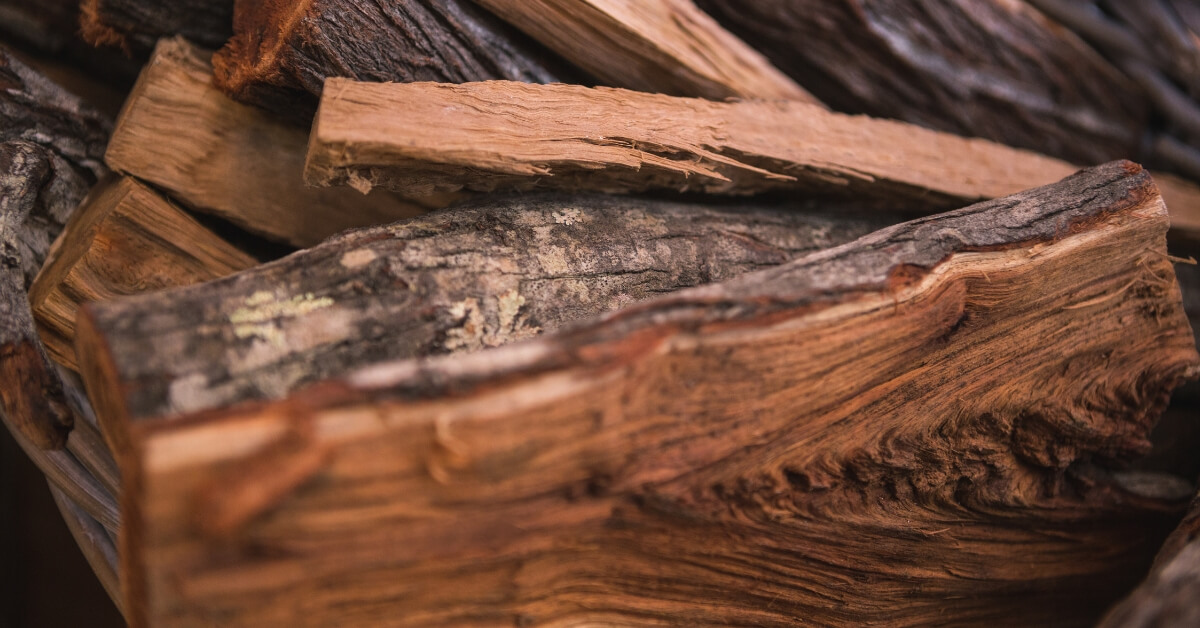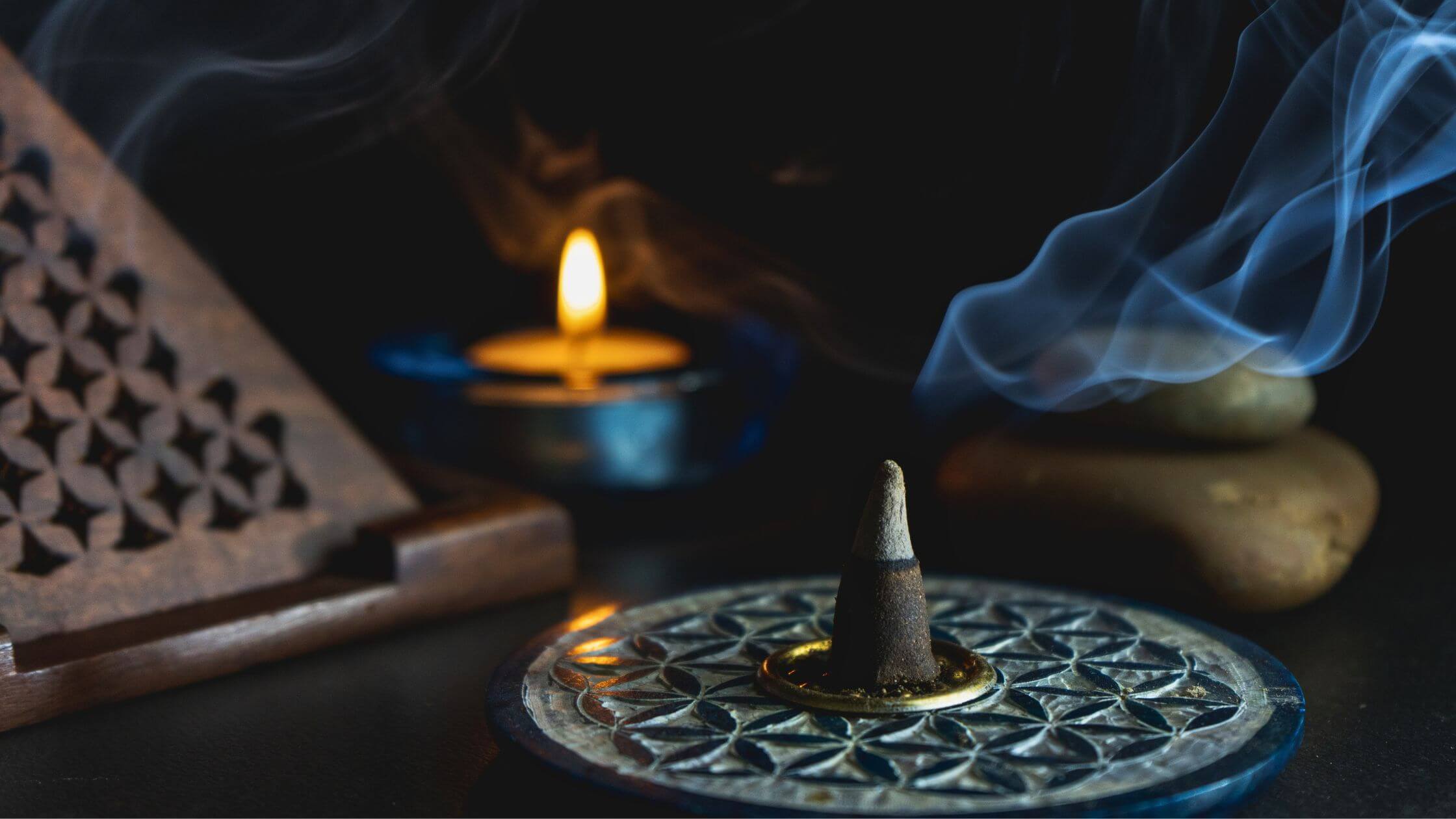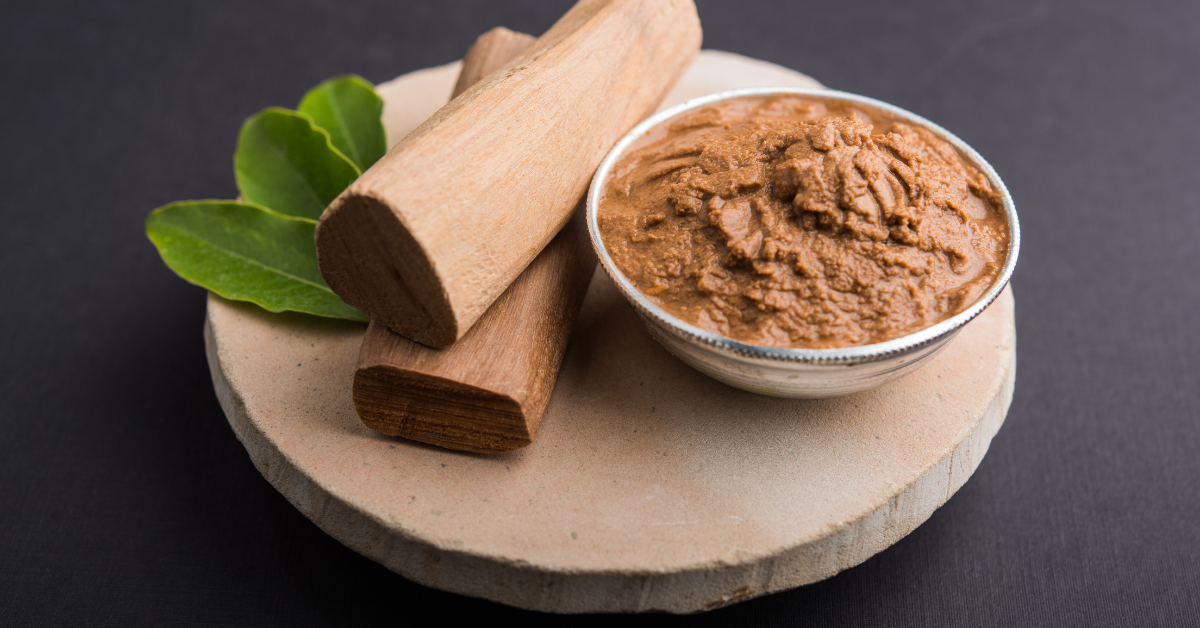Introduction
The Sandalwood Tree is not your ordinary tree; it is a plant steeped in history and revered across continents. Known scientifically as Santalum Album, this remarkable tree has been cherished for centuries due to its exceptional aromatic and medicinal properties.
From ancient civilizations in Egypt and India to modern-day perfumery and holistic health, the Sandalwood Tree maintains its timeless allure. It’s more than just wood; it’s a symbol of tradition, spirituality, and luxury. Its heartwood produces one of the world’s most sought-after essential oils, which has a profound effect on both the mind and body.
Historically, the Sandalwood Tree was considered sacred in various cultures, utilized in rituals and spiritual practices due to its calming and grounding aroma. In India, for instance, sandalwood has been a part of religious traditions for over a millennium, its distinct, woody scent symbolizing the divine.
Today, as people globally continue to rediscover the value of natural products, the Sandalwood Tree has regained prominence, and its products, such as essential oil, are celebrated for their unique and enduring fragrance. Beyond its sensory appeal, sandalwood holds potential benefits that science is just beginning to understand, cementing its place as a significant and valued tree in cultures worldwide.
A Fragrant History
The Sandalwood Tree, with its rich and fragrant heartwood, has been deeply ingrained in the tapestry of human history. This magnificent tree’s journey is as aromatic as its wood, spanning continents and echoing through the corridors of time.
In ancient India, the Sandalwood Tree was held in high regard, not just for its divine aroma, but also for its significance in religious and meditative practices. Scriptures, hymns, and ancient texts mention the use of sandalwood in rituals, reflecting its spiritual resonance. Monarchs and nobility used sandalwood oil as a prized possession, often using it to anoint themselves, showcasing their stature and authority.
Moving further East, in China and other parts of Asia, sandalwood was a crucial element in traditional medicine. Its cooling properties made it a choice ingredient for remedies addressing ailments related to heat and inflammation. Moreover, in ancient Egyptian burial rituals, sandalwood was used in embalming due to its preservative qualities and aromatic nature, which was believed to please the gods and assist in the deceased’s journey to the afterlife.
Yet, what is truly remarkable is how the Sandalwood Tree has maintained its appeal throughout these millennia. In our modern age, where synthetic fragrances flood the market, the natural, woody, and soothing scent of sandalwood stands out, a testament to its timeless charm. The enduring allure can be felt in products like sandalwood essential oil and incense, which continue to be popular worldwide.
Such has been the journey of the Sandalwood Tree: from the sacred grounds of ancient temples to the sophisticated parlors of today, it remains an emblem of tradition, serenity, and sophistication.
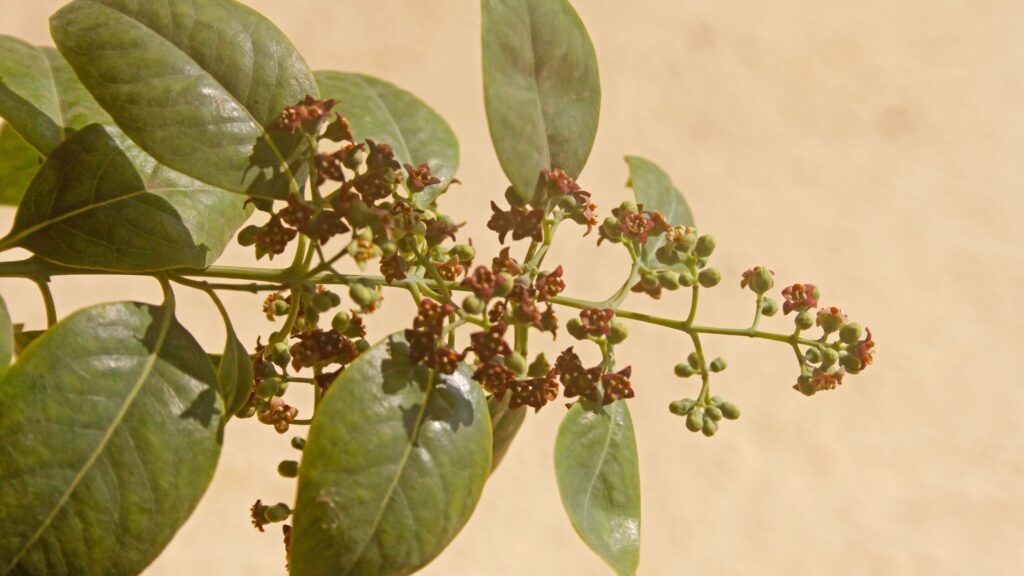

Flowers of Sandalwood Tree
Sandalwood Tree: More Than Just Wood
The Sandalwood Tree has graced our planet for centuries, but it isn’t simply another tree in the forest. This tree is a silent testament to nature’s alchemy, proving its worth far beyond the reaches of its timber.
In the vast world of aromatherapy, the Sandalwood Tree occupies a place of reverence. Its oil, distilled from the heartwood of mature trees, exudes a warm and woody aroma that immediately captivates the senses. Many seek this fragrance not just for its pleasing scent, but for its profound ability to calm the mind and reduce anxiety.
Spirituality and the Sandalwood Tree have shared a bond for millennia. In various religious ceremonies across Asia, especially within Hinduism, Sandalwood paste is applied on the forehead as a mark of devotion. Its cooling effect purportedly aids in concentration, allowing the devotee to dive deeper into their spiritual practices. The incense crafted from Sandalwood is yet another way this remarkable tree elevates spiritual experiences. Sandalwood incense cones are particularly popular for their long-lasting and authentic aroma, evoking an ambiance of serenity in prayer rooms and meditation spaces.
Skincare, today a blend of art, science, and nature, also finds an ally in the Sandalwood Tree. Traditional Ayurvedic treatments have long harnessed the anti-inflammatory properties of Sandalwood to combat skin ailments, from acne to sunburns. Its natural astringent qualities tighten and tone the skin, while its emollient nature moisturizes. In the modern age, these benefits haven’t been forgotten; many skincare formulations integrate Sandalwood for both its therapeutic properties and its enchanting fragrance.
In essence, the Sandalwood Tree isn’t just a tree; it’s a reservoir of benefits, waiting to be tapped into, enriching our senses, souls, and skin.
The Aromatic Elixir: Sandalwood Essential Oil
There’s an alchemy, a subtle magic, that transforms the heartwood of the Sandalwood Tree into an aromatic elixir, revered for both its scent and therapeutic attributes: the Sandalwood essential oil.
The extraction process of Sandalwood essential oil is both labor-intensive and time-consuming. It begins with the heartwood of mature Sandalwood Trees, typically those aged 40-80 years. This heartwood, along with the roots, is chiseled out and then ground into a fine powder. This powdered wood is subjected to steam distillation, where steam passes through the powder, allowing the essential oil to evaporate with it.
As they move together, they eventually reach a cooling chamber where condensation occurs. This results in a mixture of water and the prized Sandalwood essential oil, which are then separated to yield pure Sandalwood essential oil. This meticulous process is essential to capture the true essence and benefits of the Sandalwood Tree in a bottle.
Upon a single inhalation of Sandalwood essential oil from reputable sources like Maison Éthérique, you’re enveloped in its deep, woody, and sweet aroma, immediately bestowing a sense of calm. But its allure isn’t just skin deep. This essential oil boasts anti-inflammatory properties, making it a sought-after remedy for skin irritations and inflammations. Its antispasmodic nature offers relief from muscle spasms, while its sedative effect is a boon for those seeking relief from insomnia or anxiety.
Beyond these, the essential oil derived from the Sandalwood Tree is also a memory booster, aiding in better concentration and improved cognitive function. As a result, it finds extensive use not just in aromatherapy but also in perfumery, given its long-lasting fragrance and ability to blend harmoniously with other scents.
Thus, from a dense tree in the forests of India and Australia to a little bottle on your shelf, Sandalwood essential oil travels, capturing the very soul of the tree, ready to heal, soothe, and enchant.
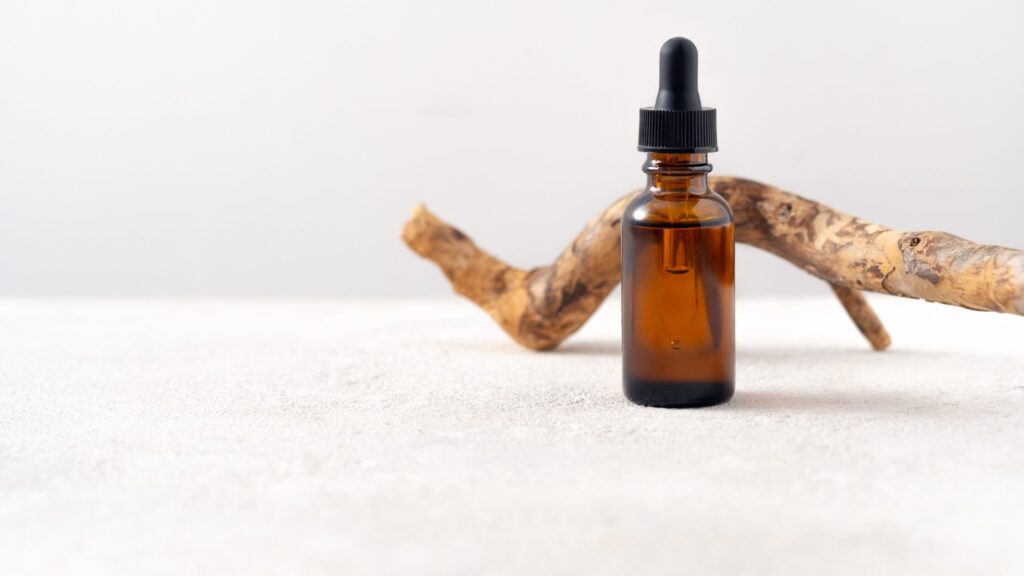

Sandalwood Essential Oil
Incense and Spirituality
In the tapestry of spiritual rituals and practices, the Sandalwood Tree emerges as a thread of golden aroma, stitching together the fabric of countless traditions. This aromatic wood, recognized by ancient civilizations for its calming, grounding properties, has been an integral part of religious ceremonies, enhancing the spiritual experience.
Throughout history, Sandalwood has been revered in Hinduism, Buddhism, and many other religions. The heartwood of the Sandalwood Tree is used to craft idols, while its powdered form often graces sacred fires, emanating a serene fragrance that aids in meditation and introspection. The aroma of Sandalwood is believed to calm the mind, preparing it for prayer and meditation, and paving the path towards spiritual enlightenment.
One of the most profound uses of Sandalwood in spiritual practices is its transformation into incense. When burned, Sandalwood incense releases a woody yet sweet scent, creating an atmosphere of tranquility and sanctity. It’s no wonder that it remains a favorite for many who seek a deep, meditative state.
In today’s world, the essence of the Sandalwood Tree is captured immaculately in products like the Sandalwood Incense Cone Dhoop and the Sandalwood Incense. These carefully crafted incenses, imbued with the rich legacy of the Sandalwood Tree, serve as a bridge, connecting the ancient world with the modern. They are more than just incense; they are a testament to Sandalwood’s enduring spiritual legacy.
Incorporating these into daily rituals or occasional spiritual practices can provide a genuine feel of the age-old traditions where the Sandalwood Tree was, and still is, held in high esteem. Each waft of smoke carries with it the timeless allure of Sandalwood, ushering in peace, focus, and a deepened sense of spirituality.
Sandalwood in Skincare
From the ancient beauty rituals of empresses and queens to today’s modern skincare routines, the Sandalwood Tree has consistently claimed a place of prominence. With its potent yet gentle properties, Sandalwood has long been cherished as a skincare ally, especially in traditional Ayurvedic practices.
Sandalwood’s skin-loving properties are numerous. Firstly, it is renowned for its anti-inflammatory abilities, making it a sought-after remedy for soothing irritated skin, combating redness, and promoting an even skin tone. This attribute of the Sandalwood Tree also makes it beneficial for those battling conditions like acne or eczema.
Moreover, its antiseptic qualities make it an excellent choice for purifying the skin and fending off harmful bacteria. Ancient practices often made use of Sandalwood paste, which was applied to the skin to provide a protective layer against environmental pollutants and to promote healing.
Moisturizing and hydrating, the oils present within the Sandalwood Tree can keep the skin supple and youthful, combating the effects of dryness and aging. Its emollient properties lock in moisture, ensuring that the skin remains hydrated, elastic, and radiant.
In today’s modern world, the benefits of Sandalwood are recognized and harnessed in a variety of skincare products. From facial oils to serums and creams, the essence of the Sandalwood Tree plays a vital role. Not only does it infuse the product with its therapeutic properties, but it also lends a delicate, calming fragrance that turns skincare routines into a luxurious ritual.
The time-tested, skin-loving attributes of the Sandalwood Tree validate its elevated position in both ancient and contemporary beauty regimens. For those seeking a natural solution to their skincare concerns or merely wishing to indulge in the aromatic luxury of Sandalwood, this tree’s offerings are undeniably enchanting.


Sandalwood Incense Sticks
The Sustainable Harvesting of Sandalwood
The Sandalwood Tree isn’t just a treasure trove of aromatic and therapeutic benefits; it’s a significant ecological component of its natural habitats. As demand for its rich, fragrant heartwood and essential oil grew over the decades, many regions faced the challenge of overharvesting. The situation necessitated a shift towards sustainability to ensure the tree’s survival and continued availability for future generations.
Sandalwood’s value in the global market, due to its myriad of uses, has led to illegal logging and depletion of natural reserves in certain parts. Uncontrolled harvesting not only threatens the very existence of the Sandalwood Tree but also disrupts the ecological balance of regions where it is endemic.
Recognizing the importance of the Sandalwood Tree and the impending threats, various conservation initiatives have been launched. Governments, organizations, and local communities in regions like India and Australia, where Sandalwood is primarily found, have set up stringent guidelines and regulations for its harvesting. Permits are required to fell Sandalwood trees, and there are now limitations on the quantity that can be harvested in a given period.
Moreover, sustainable farming practices are being encouraged and adopted. Instead of just extracting from the wild, many organizations have set up Sandalwood plantations. These controlled environments not only ensure a steady supply of Sandalwood but also make it possible to monitor the growth conditions of the Sandalwood Tree closely. Plantations utilize techniques that mimic natural growth conditions, ensuring that the tree’s quality remains uncompromised.
Educational programs and awareness campaigns have played a significant role in promoting sustainable harvesting. By informing the public about the importance of the Sandalwood Tree and the risks associated with overharvesting, there’s a collective push towards purchasing products sourced from sustainable Sandalwood reserves.
In conclusion, while the allure of the Sandalwood Tree remains timeless, modern conservation efforts ensure that its legacy is preserved. As consumers and enthusiasts of this aromatic wonder, it becomes our collective responsibility to support sustainable practices, ensuring that the enchanting fragrance of Sandalwood continues to permeate our world for centuries to come.
Conclusion
The Sandalwood Tree stands tall, not just in the dense forests where it originates, but also in the annals of human history. Its fragrant heartwood has woven itself into the fabric of countless civilizations, with its aromatic notes resonating across time and culture. But as we’ve seen, the Sandalwood Tree’s legacy extends beyond its historical and spiritual significance. Today, it finds relevance in modern aromatherapy, skincare routines, and even eco-friendly sustainability initiatives.
In its essence, the Sandalwood Tree is more than just wood or a source of fragrance. It’s a testament to nature’s ability to offer beauty, serenity, and healing—all packed in the confines of its slender trunk and branches. Its essential oils provide therapeutic benefits, its incense connects us with the divine, and its inclusion in skincare products reminds us of nature’s unmatched prowess in offering solutions that are both gentle and effective.
However, with great value comes great responsibility. As we immerse ourselves in the luxuries the Sandalwood Tree offers, it is vital to remember our role in its story. This tree, like all resources, is finite. Overharvesting and unsustainable practices threaten its very existence. Therefore, it’s not just about enjoying what the tree provides but also ensuring we leave behind enough for future generations. By opting for sustainably sourced Sandalwood products, we play our part in ensuring that this tree’s legacy endures.
So, as we trace our fingers over a Sandalwood artifact, or inhale its calming scent, let’s take a moment to appreciate the journey of the Sandalwood Tree—from ancient forests to our modern homes. And let’s pledge to be more than just passive admirers, but active protectors of this timeless gem.
